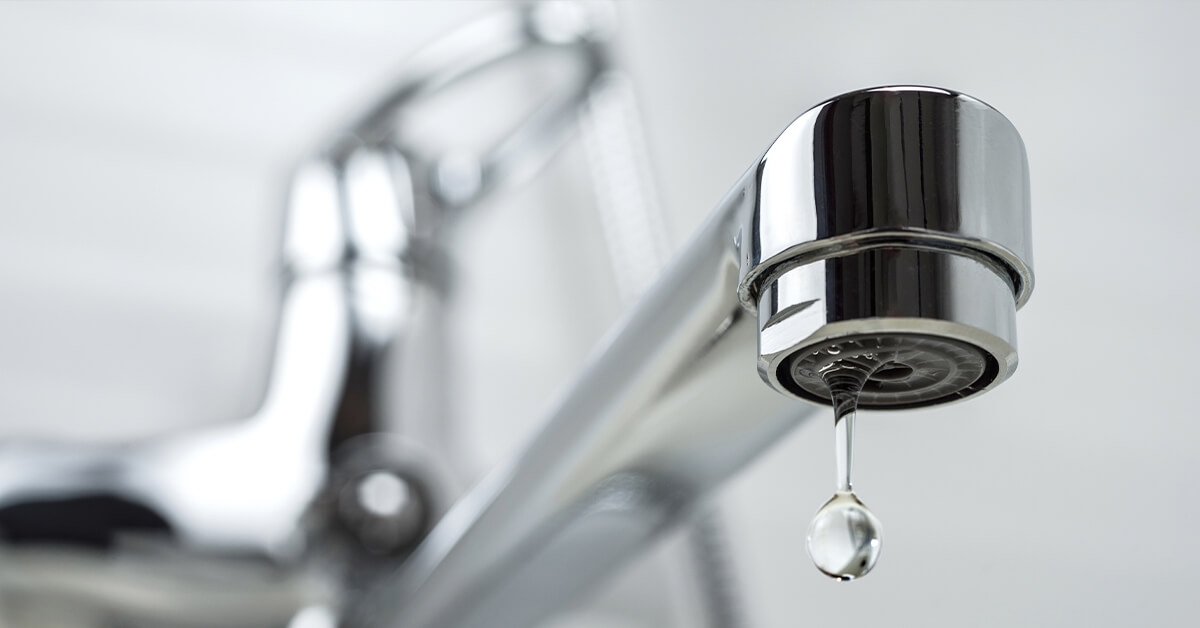
5 Signs You May Have Water Damage: What to Watch Out For
Water damage often starts silently—behind walls, under floors, or in attics, where it can go unnoticed for weeks. Even small amounts of moisture can lead to mold growth, structural decay, and costly repairs when left unaddressed. Knowing what to look for can help you act before minor issues become major problems.
This guide outlines five clear signs you may need water damage restoration. Recognizing these early indicators can protect your home and avoid long-term damage.
To prevent these signs from happening, be sure to check out our guide to waterproofing commercial properties.
Sign 1: Water Stains Are a Warning Sign You Shouldn't Ignore
Water stains often appear as discolored patches on ceilings, walls, or around windows. Depending on the material and extent of the moisture, these marks may range in color from yellow and brown to darker tones.
Water stains typically indicate that water has penetrated building materials and started to spread. The cause could be anything from a roof leak to plumbing failure. If you notice new or expanding stains, especially after rain, this is one of the most obvious signs you need water damage restoration. Left untreated, moisture will continue to spread, leading to mold and rot.
Sign 2: A Musty Odor Can Point to Hidden Moisture
Even when water damage isn't visible, it may still be present, and your nose might be the first to notice. A musty odor often signals moisture seeped into hidden areas, allowing mold or mildew to develop.
Familiar places for musty smells include basements, crawl spaces, and behind cabinetry. These odors don't go away on their own. Persistent dampness supports microbial growth and deteriorates the quality of indoor air. If your home smells earthy or stale and ventilation doesn't help, it's time to call a water damage restoration company like MJ White to locate the source.
Sign 3: Warped Flooring Often Means Structural Moisture
Flooring materials absorb moisture quickly. Warping, buckling, or separating boards indicate water has reached the subfloor or slab beneath. This damage may be due to a plumbing leak, appliance failure, or groundwater intrusion.
Here's what to watch for:
- Wood Flooring: Cupping, crowning, spongy, or lifting of floorboards
- Laminate or Vinyl: Peeling edges, bubbles, or soft spots
- Tile or Concrete: Cracks, uneven surfaces, or discoloration
If any of these are present, it's critical to act quickly. Moisture under the floor can cause long-term structural issues that are expensive to repair. Restoration specialists can assess the area, remove trapped moisture, and begin necessary repairs.
Sign 4: Peeling Paint or Bubbling Drywall Signals Moisture Buildup
Walls should not bubble, flake, or peel. If paint is coming off or drywall feels soft to the touch, water damage is likely to blame. Even slow leaks can eventually saturate drywall, causing it to lose adhesion or collapse entirely.
These signs are often missed or mistaken for poor paint quality. But, in reality, they're among the first visible warnings of internal moisture. Pay special attention to:
- Ceiling Corners: Peeling near joints or seams
- Window Frames: Warping or cracking around edges
- Baseboards: Separation or softness when pressed
Once these signs appear, the problem usually exists for some time. Bringing in a professional early can prevent additional damage behind the surface.
Sign 5: Mold Growth Confirms Ongoing Moisture Problems
Mold doesn't grow without moisture. If you see spots forming on walls, ceilings, or near HVAC vents, it's more than a cosmetic issue. It's a sign that damp conditions have persisted long enough for microbial growth to begin.
Mold growth may appear in black, green, or white colors and often spreads in clusters, as there are many different types of mold that could affect your home. Areas prone to mold include:
- Bathrooms: Especially behind sinks and around tubs
- Basements: On walls, around windows, or on stored items
- Kitchens: Behind refrigerators, dishwashers, or under sinks
Mold poses health risks and should never be ignored. Water damage restoration companies are trained to remediate both the moisture source and any microbial contamination. When you see the signs of mold damage, professional intervention is the safest and most effective solution if mold is visible.
Catching the Signs Early Lowers Restoration Costs
Water damage doesn't go away on its own. What starts as a drip can turn into significant deterioration without warning. Acting on these early signs—water stains, musty odor, warped flooring, peeling paint, or mold growth—can significantly reduce the scope and cost of repairs.
Working with a trusted water damage restoration company ensures the underlying source is correctly identified and addressed. From drying out wet materials to rebuilding damaged areas, professional teams offer a complete restoration process tailored to your home's condition.
Choose a Trusted Team for Water Damage Restoration
Moisture intrusion is more than just an inconvenience—it threatens your home's structure and your family's health. DIY cleanup methods rarely reach the root of the issue, and delays can increase damage exponentially.
MJ White provides expert water damage restoration across Michigan. Our team uses advanced tools to detect hidden moisture, remove damaged materials, and restore your home to a safe, dry condition. With over 40 years of experience, we respond quickly and work thoroughly to minimize disruption.
Restore Your Home With Confidence—Call MJ White Today
For reliable water damage restoration services in Michigan, count on MJ White. We're available to inspect, assess, and respond when water damage strikes—no matter the cause.
Contact us at 888-992-4404 or reach out online to schedule an evaluation and protect your property from long-term issues.

